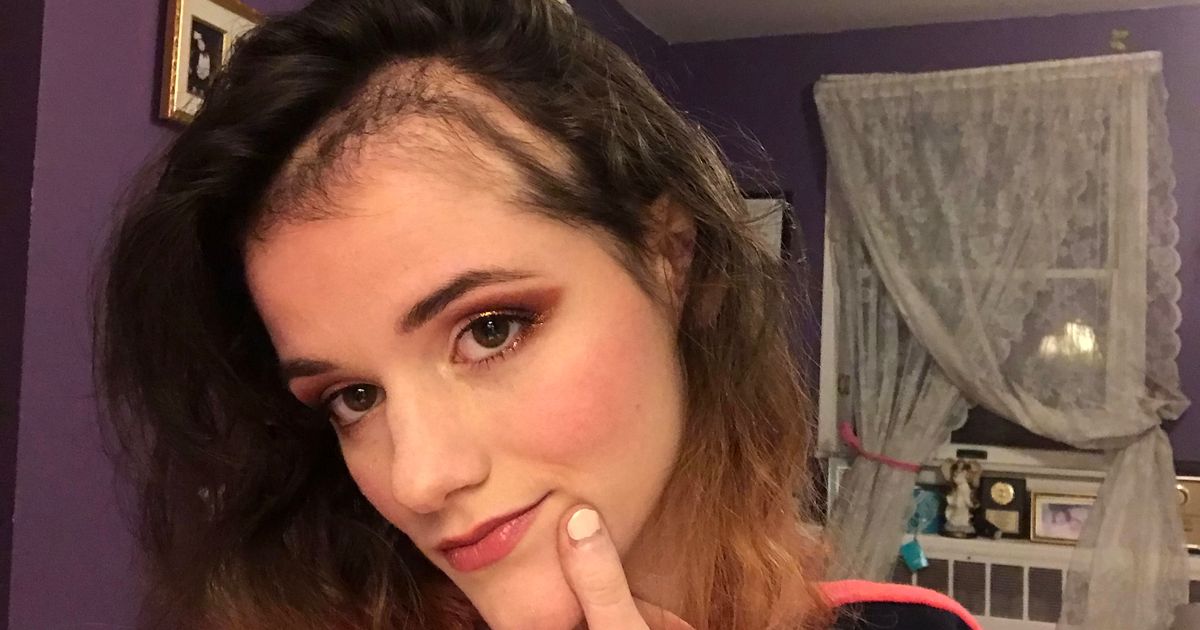Serious Symptoms Linked To Trichotillomania
Trichotillomania, otherwise known as hair-pulling disorder, is a mental condition that causes patients to feel recurrent and irresistible urges to pull hair from the eyebrows, scalp, and other areas on the body, even if you've tried to stop. Pulling on the scalp often leaves spots of patchy baldness, which can lead to significant distress and make it difficult for an affected individual to function at work or in social situations. Patients might cause themselves trouble disguising their hair loss. Trichotillomania is mild and manageable for some individuals, but others find the compulsions overwhelming. There are treatment options to help minimize the behavior and learn healthy coping mechanisms for strong emotions.
Significant Hair Loss

One of the most common symptoms is significant hair loss. Even when the hair loss causes distress, trichotillomania patients are unable to stop continuing to pull their hair. Rather than being an overall thinning of the hair, trichotillomania hair loss tends to look more patchy. Certain areas of the scalp may have thinned hair, shortened hair, or be entirely bald. When individuals pull their eyebrows and eyelashes, these features might appear sparse or missing. There are two types of hair pulling: focused and automatic. Focused pulling is done intentionally to relieve distress or tension, while automatic pulling is done without the individual even realizing it, usually during low-movement situations like being bored, watching television, or reading a book.
Chewing and Eating Hair

Not everyone with trichotillomania has oral symptoms, but a good portion of affected individuals will chew and eat their hair. Some of them may simply bite the ends and snap the strands with their teeth rather than swallowing, but others go through the full digestive process. This is often accompanied by playing with the strands of pulled-out hair and running them across the face or lips. Hair isn't meant to be digested, and it can cause serious health problems if it becomes tangled in the digestive tract. If patients eat a significant amount of hair over a large amount of time, a matted hairball called a trichobezoar may form in their digestive system. Slowly, over multiple years, this hairball can lead to weight loss, vomiting, digestive problems, obstruction of the intestines, and if not diagnosed and treated, even death.
